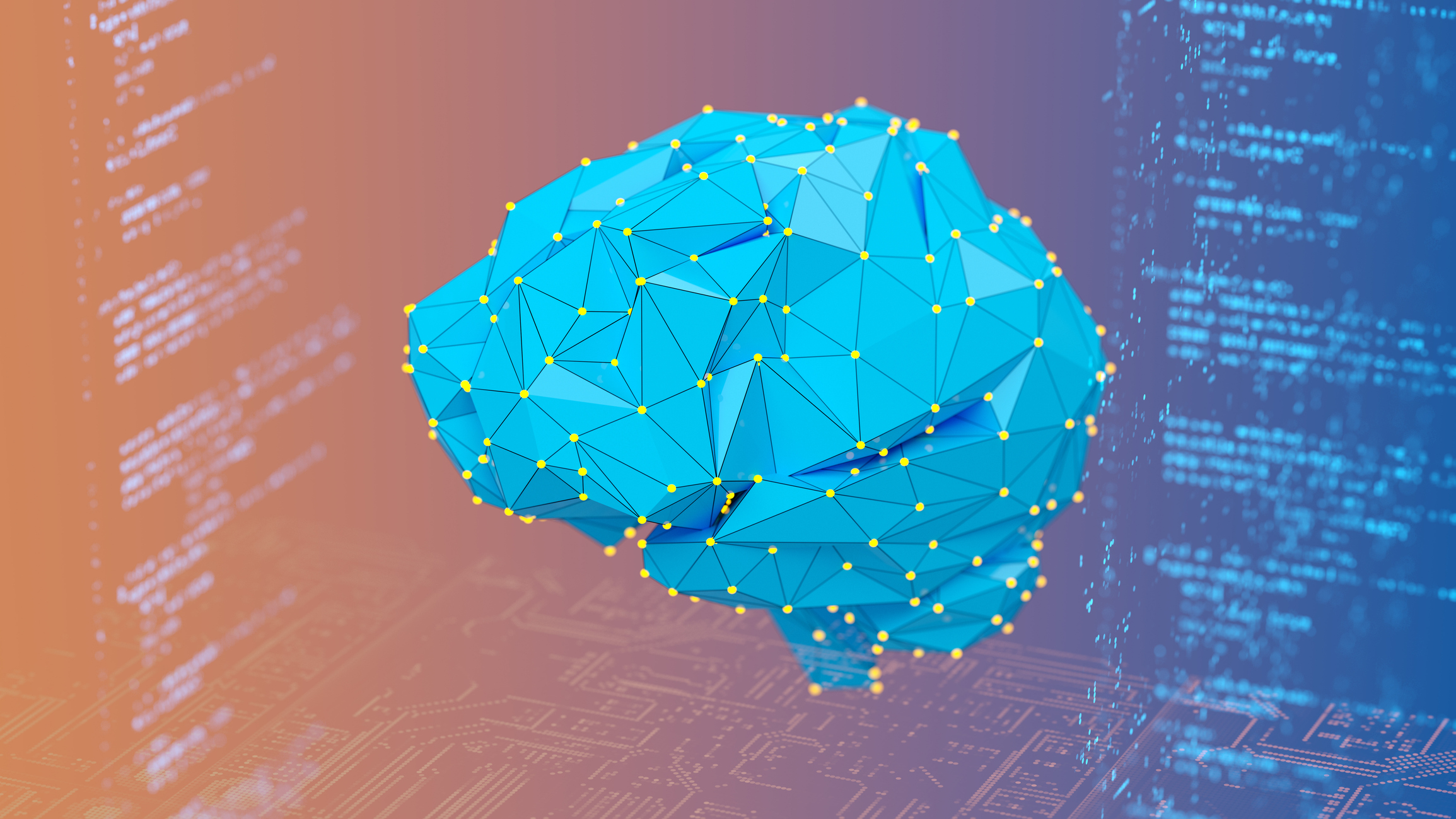Just how open are the leading open source AI models?
Open source AI needs a rethink, as big-name AI models increasingly fall short of the traditional definition


While developments in open source AI have been picking up pace over the last year or so, question marks remain as to what a truly open source AI platform looks like.
Meta released Llama 3 recently, an open model boasting benchmark scores that compete with some big-name models like Gemma 7B, Gemini Pro 1.5, and Mistral 7B.
As was the case with Llama 2, however, Llama 3 falls short of meeting the definition necessary for the typical open source license umbrella. As such, the claim of ‘open source’ from big tech companies has once again become a contentious topic.
Amanda Brock, CEO at OpenUK, tells ITPro that while open AI development should be welcomed, models such as Llama 3 still require users to cooperate with Meta upon reaching a certain level of commercialization.
“It’s not truly, 100% open source … while it’s partially open, it’s not fully open,” she says.
Arun Chandrasekaran, distinguished VP analyst at Gartner, also draws attention to this altered sense of open source at Meta, arguing Meta is putting certain constraints on the openness of its models in the interests of competition.
“Meta doesn't want its core competitors to actually use these models,” Chandrasekaran tells ITPro.
Sign up today and you will receive a free copy of our Future Focus 2025 report - the leading guidance on AI, cybersecurity and other IT challenges as per 700+ senior executives
This, he says, stands in opposition to the “core ethos of open source”, along with the fact that Meta is not being entirely transparent with its data.
Meta isn’t isolated in the debate of what truly defines an ‘open source’ model. In March, Databricks unveiled its own large language model, dubbed DBRX, which experts also said didn’t completely conform with open source values.
Brock says that DBRX operates on a license outside of the Open Systems Interconnection (OSI) jurisdiction and includes an external acceptable use policy. Despite the shortcomings of both models with regard to open usage, Brock is careful to point out that both moves are steps in the right direction.
“It's all good because it's moving in the direction of openness, the right direction of travel, in my view,” Brock tells ITPro. “The Llama community license doesn't go as far as I wanted to in openness, but it takes a step that drives the market.
“But it also needs to get to a point where we understand what's not open, so that we can make informed decisions,” she adds.
With models increasingly defining themselves as open without adhering to traditional open source principles, those in the space must start to more closely consider what open source means in the context of AI.
“We need to think of these more as open weight models rather than open source models,” Chandrasekaran says.
Defining open source AI can be difficult
Referring to the “partially open” nature of Meta’s AI models, Brock says that current expressions of open source in the AI space are “stretching our historic definitions to their capacity”.
In its traditional sense, open source refers to the free availability of a piece of software’s entire suite of core components. There are no limits in true open source, with every line of code made accessible to prospective users and developers.
This definition of open source “enshrines a free flow and an accessibility that you don't get when there is any qualification, whether it's ethical or whether it's commercial,” according to Brock.
With AI, the waters are becoming somewhat muddied. Though elements of an AI application can be opened up and classified with an open source license, Brock says, certain elements may not lend themselves to that definition.
“One of the challenges has always been that the open source software definition would not meet all the component parts,” Brock says.
“Shades of openness” is key for future open source AI
According to Brock, a more graded approach is required, in which AI applications are broken down into their constituent parts and afforded open source licenses where possible or different licenses if required.
A recent announcement from the Linux Foundation could be a “game changer” in this regard, Brock says. This is because it unveiled the Open Platform or Enterprise AI (OPEA), a bid to standardize the industry approach to open source AI.
“When you look at the OPEA, that platform is looking at creating gradients,” Brock says, noting that based on the OPEA approach, there would be scope to more effectively apply open source licenses to AI applications.
“You can look at generative AI and you can say ‘Here are the component parts - parts one, three, and six on that list are open but parts two, four, and five are not’,” Brock says.
RELATED WHITEPAPER

On that basis, an AI platform can be placed in a category and more effectively understood in the context of open source.
Chandrasekaran points out that the enterprises using these open source models aren’t necessarily concerned about the extent to which a license is defined as open source.
“From an enterprise perspective, I think the things that they are worried about more is not so much the definition of open source,” Chandrasekaran says.
Instead, businesses are focused on the operational complexity involved in the running of open source models, he says, as well as worries around the maintenance and support capabilities in the open source ecosystem.
“We haven't seen a lot of enterprises really worry about the definitions of open source per se,” Chandrasekaran adds.

George Fitzmaurice is a former Staff Writer at ITPro and ChannelPro, with a particular interest in AI regulation, data legislation, and market development. After graduating from the University of Oxford with a degree in English Language and Literature, he undertook an internship at the New Statesman before starting at ITPro. Outside of the office, George is both an aspiring musician and an avid reader.
-
 Trump's AI executive order could leave US in a 'regulatory vacuum'
Trump's AI executive order could leave US in a 'regulatory vacuum'News Citing a "patchwork of 50 different regulatory regimes" and "ideological bias", President Trump wants rules to be set at a federal level
-
 TPUs: Google's home advantage
TPUs: Google's home advantageITPro Podcast How does TPU v7 stack up against Nvidia's latest chips – and can Google scale AI using only its own supply?